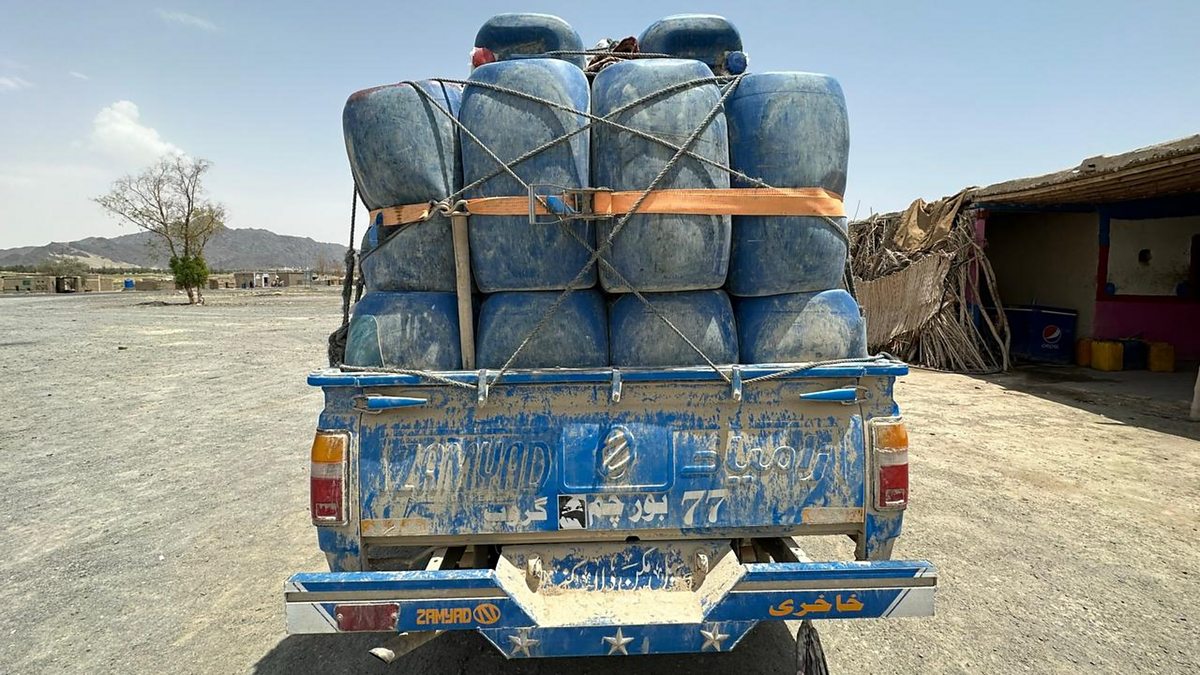
Introduction
The Downtown Eastside lifeline in Vancouver provides essential services to some of the city’s most vulnerable residents. From food distribution to social support programs, this community hub plays a critical role in sustaining individuals and families facing homelessness, poverty, and addiction challenges.
Recent reports indicate that the lifeline is at risk of shutting down due to funding shortfalls and rising operational costs. If closed, many residents would lose access to vital resources, increasing the strain on already overburdened social services in the area.
Community leaders, volunteers, and local organizations are rallying to highlight the importance of the lifeline. They argue that preserving this hub is not just a matter of social responsibility but a necessity for public health and safety in the Downtown Eastside neighborhood.
Essential Services Provided
The Downtown Eastside lifeline offers a variety of services, including nutritious meals, emergency shelter, healthcare access, and mental health support. These programs target individuals experiencing chronic poverty, addiction, or mental health issues, ensuring they receive consistent care and attention.
By providing these essential services, the lifeline helps reduce hospital visits, emergency room congestion, and public safety concerns. Its comprehensive approach ensures that residents not only survive but have opportunities to improve their quality of life.
Community Impact
The impact of the Downtown Eastside lifeline extends beyond individual recipients. Families, caregivers, and local businesses benefit from the stability it provides. Neighborhoods with active support centers often see reduced crime rates and stronger community cohesion.
Volunteers and staff at the lifeline report that their work fosters a sense of belonging and hope for residents, helping to counter feelings of isolation and despair that are common in marginalized communities.
Funding Challenges
The Downtown Eastside lifeline faces significant financial challenges as operational costs rise and government funding fails to keep pace. Nonprofit organizations that manage the center rely heavily on donations and grants, which fluctuate annually, creating uncertainty in maintaining essential services.
Without stable funding, programs risk reduction or closure, leaving vulnerable residents without access to food, shelter, and healthcare support. Advocates emphasize the need for sustainable financing models to ensure the long-term survival of this critical community resource.
Volunteer and Staff Contributions
Volunteers and staff are the backbone of the Downtown Eastside lifeline. Their dedication ensures that daily operations run smoothly and that residents receive consistent care. From meal preparation to outreach and counseling, the human effort behind the lifeline is immense and often underappreciated.
Community involvement not only sustains services but also fosters social cohesion and engagement. Many volunteers describe their work at the lifeline as life-changing, both for themselves and for the individuals they assist.
Partnerships with Local Organizations
Collaboration is crucial for the Downtown Eastside lifeline to operate effectively. Partnerships with healthcare providers, local nonprofits, and municipal agencies allow for the delivery of comprehensive services tailored to residents’ needs.
These alliances also help in resource sharing, funding applications, and advocacy efforts, enhancing the lifeline’s capacity to serve the community despite financial and logistical challenges.
Public Awareness and Advocacy
Raising awareness about the Downtown Eastside lifeline is essential for its survival. Community advocates use media campaigns, public events, and social media platforms to inform the public about the lifeline’s critical role. Highlighting personal stories of residents who rely on the services helps generate empathy and support.
Increased visibility also encourages donations, volunteerism, and political support, all of which are necessary to maintain the lifeline’s programs and prevent service disruption in the Downtown Eastside community.
Health and Social Benefits
The Downtown Eastside lifeline significantly impacts residents’ physical and mental health. By providing access to nutritious meals, medical care, and mental health counseling, the lifeline reduces hospital visits, improves quality of life, and fosters a sense of safety for individuals who might otherwise be neglected.
Social benefits include reducing isolation, building community networks, and providing residents with skills and opportunities that empower them to regain independence. These holistic services make the lifeline indispensable to the wellbeing of Downtown Eastside residents.
Emergency Preparedness
In addition to daily operations, the Downtown Eastside lifeline plays a critical role during emergencies, such as extreme weather events or public health crises. The center coordinates with local authorities to provide temporary shelters, food distribution, and urgent medical assistance when needed.
Such preparedness enhances community resilience and ensures that vulnerable populations are not left unprotected during crises, further demonstrating the lifeline’s essential role in the Downtown Eastside neighborhood.
Funding Solutions and Community Support
To address the financial challenges, the Downtown Eastside lifeline is seeking diverse funding sources, including government grants, private donations, and community fundraising initiatives. Local businesses and philanthropists are being encouraged to contribute, ensuring that vital programs can continue without interruption.
Innovative funding models, such as social enterprise initiatives and partnerships with local organizations, are being explored to create sustainable revenue streams that protect the lifeline from future financial instability.
Volunteerism and Advocacy Networks
Volunteer participation remains a cornerstone of the Downtown Eastside lifeline. Engaged community members not only provide essential services but also act as advocates for the lifeline, raising awareness and influencing policy decisions. Networks of volunteers help maintain operational capacity while reinforcing community solidarity.
Ongoing advocacy efforts emphasize the importance of the lifeline to policymakers, ensuring that the needs of vulnerable residents remain a priority in budget allocations and public programs.
Partnerships and Policy Integration
Collaboration with healthcare providers, local nonprofits, and municipal authorities enhances the effectiveness of the Downtown Eastside lifeline. Such partnerships enable coordinated service delivery, better resource allocation, and stronger policy integration.
According to a Vancouver Sun report, these partnerships are crucial for maintaining essential services during periods of financial and operational uncertainty.
Conclusion
The Downtown Eastside lifeline is more than just a support center; it is a vital component of Vancouver’s social safety net. By providing food, healthcare, shelter, and social support, it addresses immediate needs while fostering long-term community resilience.
Its survival depends on sustainable funding, active volunteer involvement, and continued advocacy from both the public and policymakers. Maintaining the lifeline ensures that vulnerable residents in the Downtown Eastside have access to life-saving services and a sense of stability and dignity.
For further updates and stories on community initiatives, visit our Lifestyle Reports Distraction Content section to explore more about programs impacting local communities.


